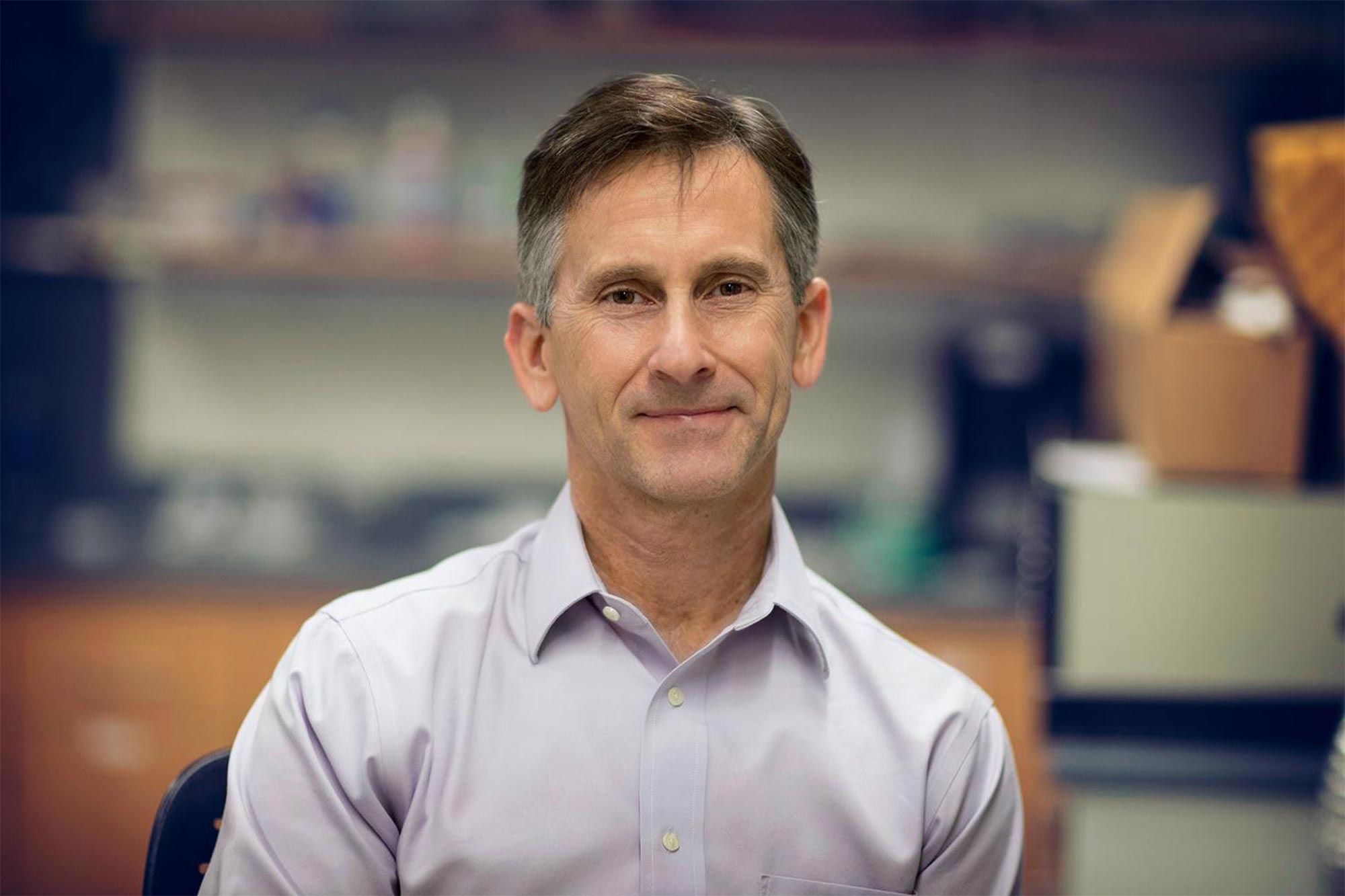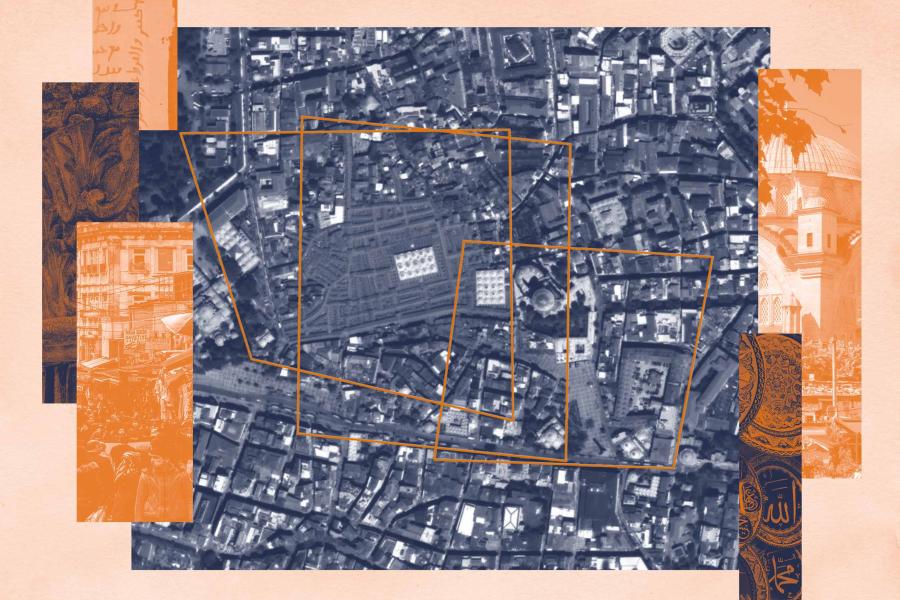There are several shorthand ways of thinking how short an attosecond is. One of them is that there are just as many attoseconds in a second as there are seconds in the age of the universe. So one second in our lives looks like the age of the universe to an electron in a molecule or material. The relevant time scales are that phenomenally different.
If you can’t directly view motion, you might be able to infer what is going on – at the atomic scale – by applying physical laws and sometimes approximate theories. But if you really want to make progress in any sort of scientific endeavor, it’s helpful to actually see the process you are studying. Being able to take snapshots of electron motion, using these very short light pulses, gives you information that simply was not available before.
Q. How did they do this?
A. It was a long process. The short answer is that these attosecond light pulses are produced when a very, very intense laser beam is focused into a gas of atoms. The electrons in those atoms respond to the electric forces in the laser light wave. When the forces are extraordinarily strong, negatively charged electrons are ripped away from the positively charged nuclei that bind them.
But because light is a wave with crests and troughs, when the strong light forces periodically reverse, an electron freed near a wave crest can later be driven back to where it came from, slamming into its parent ion. When it does that, it can recombine to reform an atom, releasing all the energy it had gained in the form of a weak, but very short burst of light. The really hard part is getting all of the atoms and electrons in the gas to work together, so that all those tiny bursts act in concert to make a bright beam of attosecond pulses.
Q. Why is this so important?
A. It’s important for a couple of reasons. Scientists explore and try to understand the unknown. This is a tool for doing that. We need tools to help us learn about what’s going on at different extremes of time, distance and energy. Scientists are continually creating new tools to study our universe at these different scales, whether it’s the Webb [Space] Telescope to look back in time across the universe, or attosecond light pulses to watch electrons move around a molecule. Our observations provide answers to fundamental questions and guide our theories for why things are and how they work.
There’s also practical implications. This is really about using our understanding of matter at the finest level — individual atoms and electrons — to try to control its properties and behavior. If I want to get a charge to move through a molecule as fast or as efficiently as possible to convert light into electrical energy or start a chemical reaction, how do I do that? One way is to watch how that charge actually moves, starting from the instant light strikes the molecule, and it is the electrons that move first.
Q. What are the practical applications to this work?
A. The practical applications are related to control and engineering at the finest scales. One application is optimizing the flow of charge and energy through a molecule or material. When light is absorbed, what are the first steps in the electron’s motion and how does that determine how charge moves through the material or molecule to convert light energy into electrical energy? If you want to make a photocell, how long does it take for the energy to be transferred, and can we improve on that speed? As in all electronics, when charge has to move over distances, there’s energy loss. Can we use the information on the fast electron motion to minimize the loss and get the most electricity out for the least amount of light that’s coming in?
Another potential application is ultra-fast electronics. Current electronics, like computers and Wi-Fi, process data at rates of a few gigahertz. But individual electrons in materials are capable of moving back and forth much faster than that. For some applications, we might be able to move processing rates to the optical rather than microwave regime. One example of this is light-wave electronics, where electronic switching is driven by the light wave itself, at rates that are larger by factors of a hundred thousand.
Q. Does this have applications for your research?
A. Yes. Some of our work has involved attosecond pulses and the central focus of a lot of our research is trying to view and control fast electron motion in atoms and molecules. One collaborative project I have now is looking for periodic oscillations of electrons over the length of a molecule. This might result from the rapid removal of an electron near the crest of the light wave in an intense laser. It could be important for setting the speed or efficiency of permanent charge transfer across the molecule or of chemical reactions. Pierre Agostini was actually a member of our multi-university team before his retirement several years ago.










